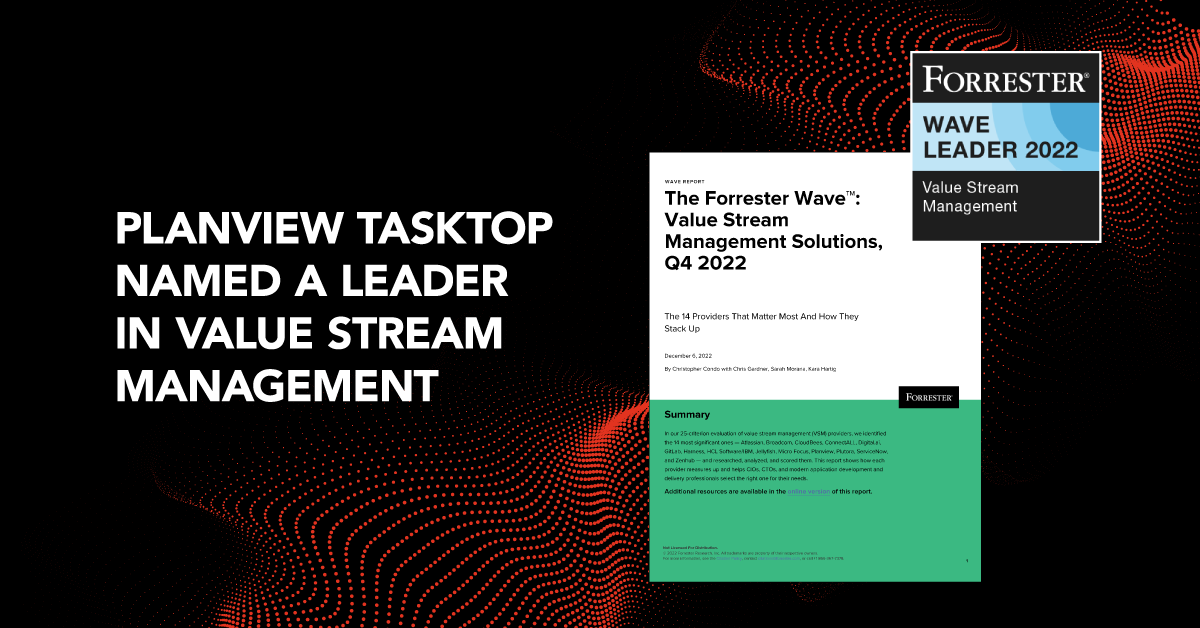
While OKRs are a popular framework for organizations trying to accelerate their digital transformations, traditional enterprises often face challenges when they try to translate their strategic high-level objectives into key results. Last week, Dr. Mik Kersten and Felipe Castro addressed these challenges head-on during a webinar on Transformative OKRs: Translating Business Strategy into Measurable Outcomes.
Watch the full OKR webinar here
With hundreds of attendees on the webinar, the Q&A was lively. Below is a recap of the four most commonly asked questions about OKRs.
How many OKRs should a team have?
Can a team work on multiple OKRs simultaneously, or is it better to focus on one OKR at a time?
The answer to this one is, of course, it depends. Teams with too many OKRs risk shifting their focus to activities instead of outcomes. And teams with not enough OKRs may struggle to make the strategic advancements their company needs. So how do you find the right balance?
Conventional wisdom suggests creating three to five OKRs at a time, with at least one stretch goal.
During the webinar, Dr. Mik Kersten offered the insight that here at Tasktop, we set OKRs initially at the product value stream level, with a maximum of five OKRs per value stream per quarter.
But the important thing to remember is that OKRs are a framework, and as such, the number of OKRs set for any given team at any given time shouldn’t be prescriptive; it should reflect what’s required for the teams to deliver the strategic objectives of the organization.
How are Flow Metrics related to OKRs?
The combination of Flödesmått and OKRs provide visibility, a common language, and a tactical tool to measure incremental progress.
In isolation, neither Flow Metrics nor OKRs can shift the behavior of an organization, but together they offer a complete toolkit for organizational change. Value stream management measures flow and identifies constraints, while OKRs to set and track goals.
Flow Metrics center around the principle that all software-related work — design, development, and delivery — must create value for the business. They are the language that unites business and technology and they measure value through the lens of your internal or external customers.
In the Flow Framework®, Flow Metrics link the rate of flow through a value stream to corresponding business results like value (revenue contributions), cost (expenses related to operating the value stream), quality (the reliability of the product), and happiness (the engagement level of the teams doing the work).
Once you have defined value streams and are measuring them using Flow Metrics, you can build meaningful, outcome-based OKRs. These specific, measurable goals allow product and engineering teams to stay connected to their customers and to measure their contribution to outcomes, not merely their ability to deploy quickly.
See examples and tips for creating flow-based OKRs
What is the fundamental difference between OKRs and KPIs?
Many organizations struggle to make the shift to OKRs and instead, they simply rename old behaviors. Existing KPIs are renamed OKRs and nothing changes. Teams continue to be micromanaged, Waterfall planning methodologies persist, and managers are encouraged to track activities and dates instead of value or flow.
OKRs are not simply renamed KPIs. OKRs are the framework that keeps the organization focused on its strategic goals, and KPIs are measurements that fit within that framework.
Here’s an example:
- If the Objective is to increase market share, a Key Result associated with this objective could be to achieve $50 million in revenue.
- This OKR could have multiple KPIs associated with it, such as:
- Revenue per business unit or per value stream
- Customer retention rates
- Number of products or features released
The KPIs associated with the overall business goal (to increase market share) are important to inform which activities will help achieve it. But without an objective to set the overall direction, KPIs can easily become isolated proxy metrics with no link to business objectives.
During the webinar, Felipe Castro shared the idea that adopting OKRs is never the goal. The goal is to improve performance by changing how you work. “If you’re not changing how you work, you’re missing the point.”
How can Enterprise IT create outcome-based OKRs?
There are three concrete steps you can take to create outcome-based OKRs.
- Understand the starting point: Before any substantive change can occur, the first objective should always be to measure baseline flow and establish your organization’s current speed and efficiency.
- Improve flow in service of outcomes: Once you’ve created a baseline, you can begin using OKRs to improve flow in specific areas to achieve a business outcome related to value, cost, quality, or happiness. Current Flow Metrics and analytics will help you create hypotheses and make it clear where you should apply resources.
- Incorporate fast feedback. A fast feedback loop is an intrinsic component of successful OKRs. The digital natives who pioneered them intentionally created a quarterly cadence because they understood that learning and iteration were crucial to their success. This timeframe synchronizes with typical budget cycles and ensures that teams can run experiments, and course-correct quickly when they need to.
Get advice and best practices for building OKRs with Flow Metrics
In the webinar, Felipe Castro emphasized that OKRs “will be imperfect in the beginning”. However, using a combination of value stream management and Flow Metrics, organizations can create the conditions and structures that connect technology teams to the organization’s strategy. With a shared understanding of the destination, the journey can begin.




